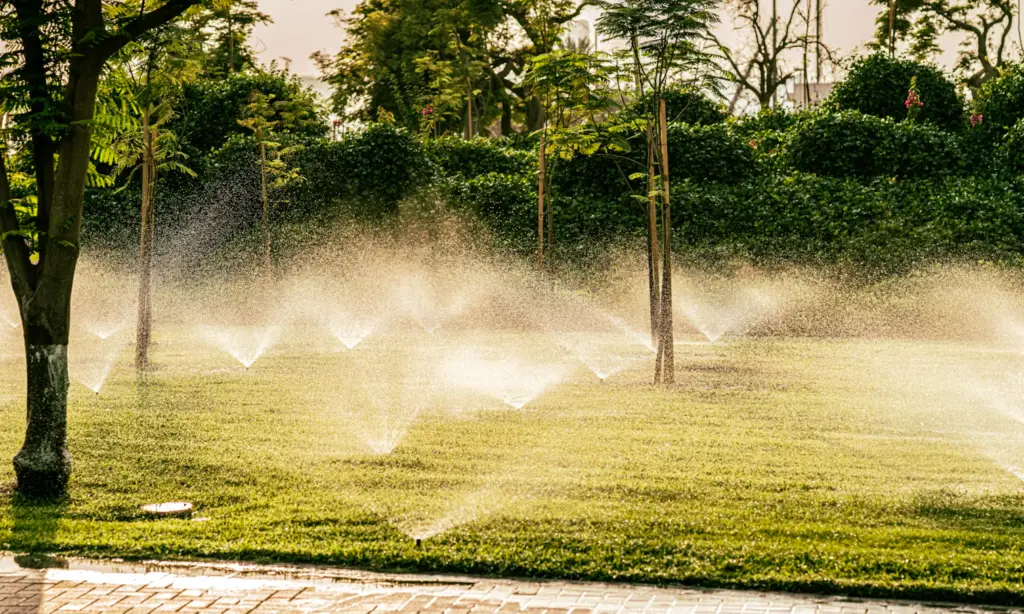The Hidden Cost of Natural Grass in Arizona
When it comes to maintaining a natural grass lawn in the Arizona desert, there are hidden costs beyond the initial installation. Let’s break down these additional expenses:
1. Water Consumption: A Precious Resource
-
Water Bills: In the desert climate, natural grass requires significant irrigation to stay green. Watering a typical 1,000-square-foot lawn can demand anywhere from 35,000 to 75,000 gallons of water annually. This translates to higher water bills, especially during the scorching summer months.
-
Efficient Irrigation Systems: To keep your lawn healthy, you’ll need an efficient irrigation system. Regular maintenance and occasional repairs add to the overall cost.
2. Lawn Maintenance: Time and Effort
-
Mowing and Edging: Regular mowing and edging are essential for natural grass. Gasoline for lawnmowers, electricity for edgers, and the time spent on these tasks all contribute to hidden costs.
-
Fertilizers and Pesticides: Keeping your lawn pest-free and green often involves chemical fertilizers and pesticides. These products not only impact your wallet but also have environmental consequences.
-
Seeding and Reseeding: Natural grass can develop bare patches due to foot traffic or weather conditions. Seeding and reseeding become necessary expenses to maintain uniform coverage.
3. Overseeding for Winter Greenery
-
Overseeding: In Arizona, bermudagrass lawns are often overseeded with a winter grass (such as ryegrass) to maintain greenery during colder months2 While this provides a lush lawn in winter, it adds extra costs for seed purchase and overseeding labor.
4. Synthetic Grass: A Smart Investment
Now let’s consider synthetic grass:
-
Upfront Cost: Artificial turf installation requires an initial investment ranging from $5 to $20 per square foot. While this cost may seem high, it pays off over time.
-
Long-Term Savings: Once installed, synthetic grass doesn’t require ongoing watering or mowing. Say goodbye to water bills and lawnmower maintenance costs!
-
Environmental Impact: While manufacturing synthetic grass has its energy footprint, it pales in comparison to the continuous water needs of natural grass. Plus, no harmful pesticides are necessary.
In summary, when you choose synthetic grass for your Arizona lawn, you’re not only saving water but also avoiding the hidden expenses associated with natural grass. It’s a smart investment that pays off both financially and environmentally.
Learn more:

